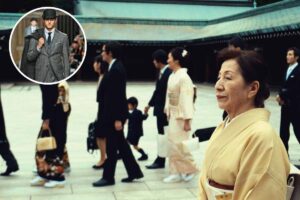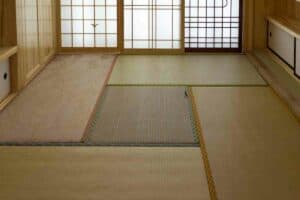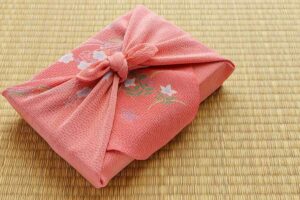When you’re in the mood for a delicious grilled meal, there’s nothing quite like cooking on a hibachi grill.
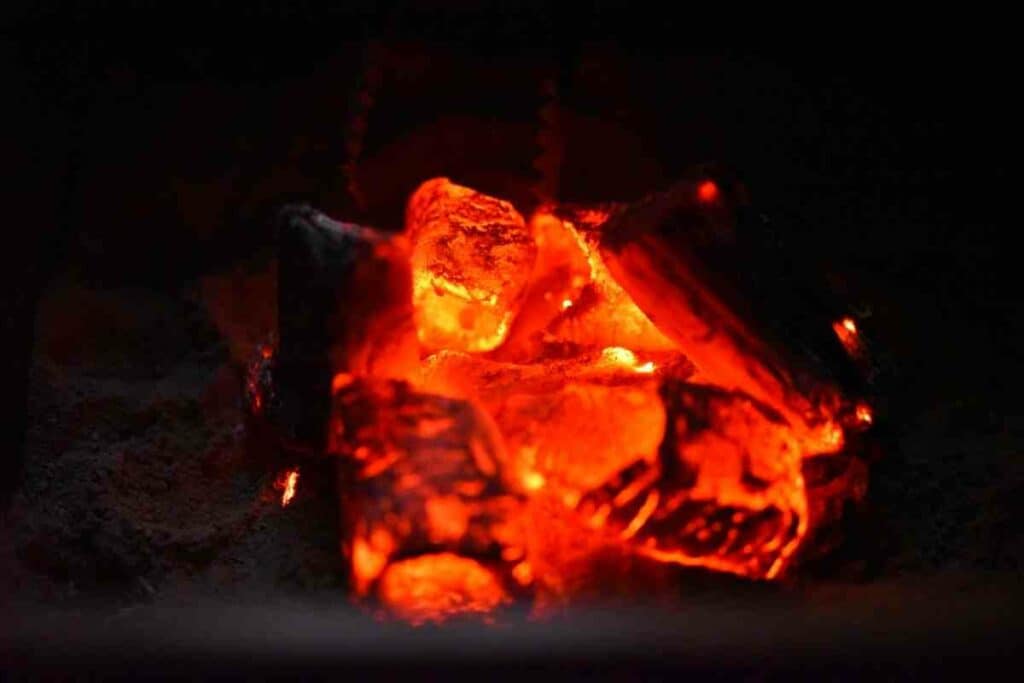
They are easy to use, lightweight so you can bring them with you, and your food finishes with a light smoky flavor.
What to Expect? If you’ve never used a hibachi grill before, don’t worry – this guide will walk you through what it is, and a few different methods to lighting it and you’ll be saying “bon appétit” or “meshiagare” in no time!
Table of Contents
What Is a Hibachi Grill?
Hibachi is a Japanese word for “fire bowl” which pretty accurately describes what these are and what they do.
A hibachi grill is a round, open-top, heat-safe container that has a cooking grate resting on top.
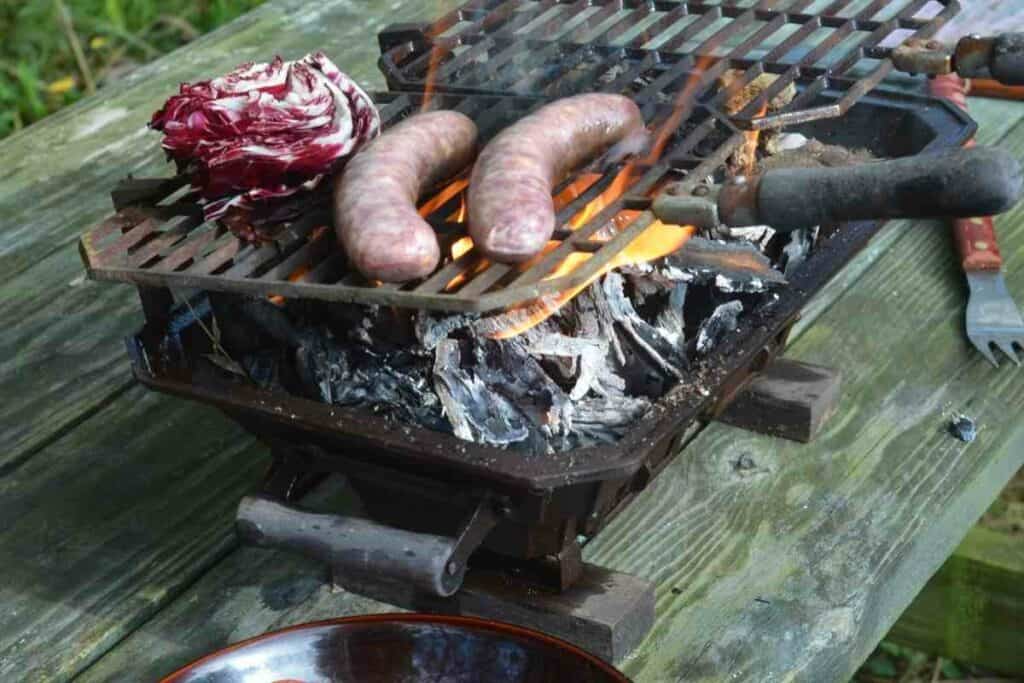
The bowl holds heated charcoal which is used as a fuel source to cook food on.
The charcoal can get pretty hot, so these bowls need to be built with materials that can withstand temperatures up to 400 degrees Fahrenheit.
Hibachi grills were designed in the 8th century and were only round or oval shapes.
As things have changed, the design of hibachi grills now come in all sorts of shapes and sizes to appeal to different home aesthetics and feed families of all sizes.
Typically – Only meats and vegetables on wooden skewers are cooked on a hibachi grill, at least that’s how it started. The skewers gave the cook an easy way to flip the food without getting burned or needing additional tools.
Now you aren’t limited to what you can cook on a hibachi grill, as long as it doesn’t fall through the grate.
However, if you still want to use a skewer, use meats and vegetables that are softer or sliced thinner.
The skewers will slide through them easier, and come off easier once they are cooked.
Are Hibachi and Teppanyaki the Same?
If you’ve heard the term Hibachi, chances are it was being used incorrectly.
There are many places, including restaurants, that advertise a hibachi grill when it is actually a teppanyaki grill.
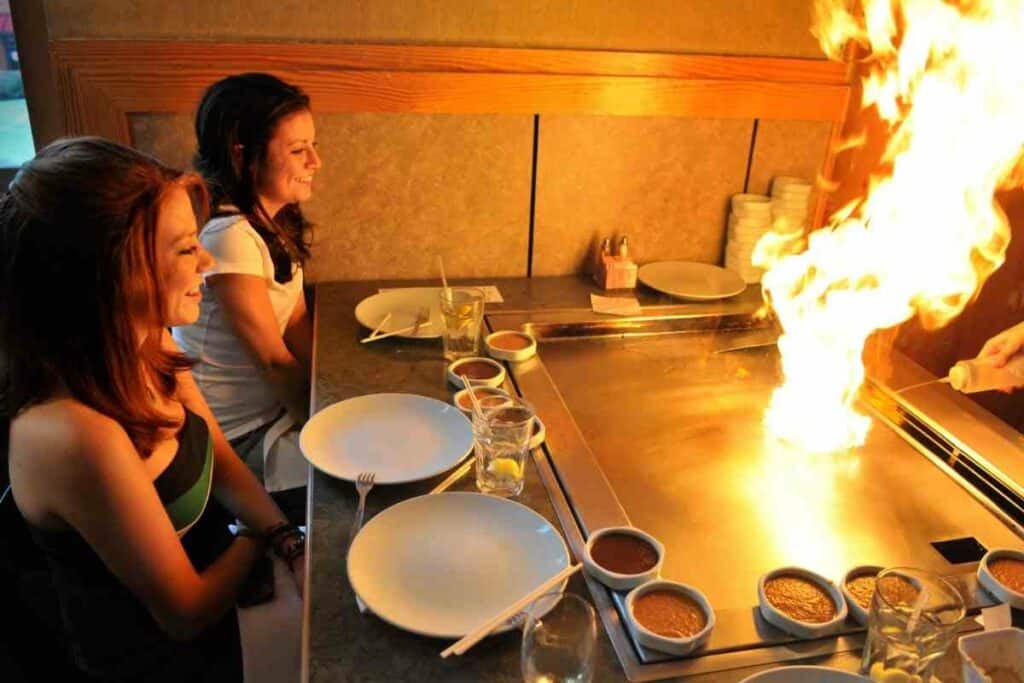
Although both Hibachi and Teppanyaki are cooking methods in Japan, they have little else in common.
A teppanyaki is a flat top grill, that looks more like a griddle.
This is the type of grill that is commonly used at Japanese restaurants where a chef cooks right in front of you on a smooth flat surface.
This is a very entertaining dining experience, but it is not a hibachi.
Booking.comPros of Hibachi Grills
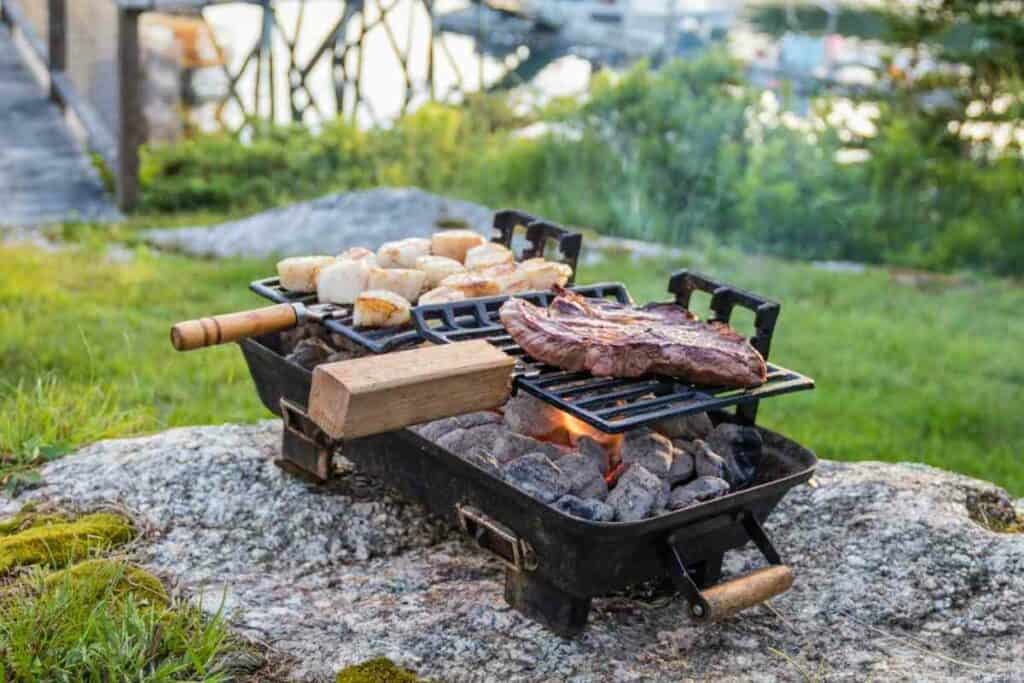
- Small: These are a space-saving way to cook, and when you’re finished cooking it can be packed back up and stored until the next time you need it.
- Lightweight: These are the perfect grill to bring with you on camping trips or tailgate parties because they are lightweight and not meant to be stationary.
- Flavor: The food cooks so close to the charcoal that it captures all of the smoky flavors from the charcoal.
- Cooking Speed: Since the food cooks close to the charcoal, the food is going to cook quickly, saving you more time than if you were to cook in an oven or a traditional smoker.
Pros of Teppanyaki Grills
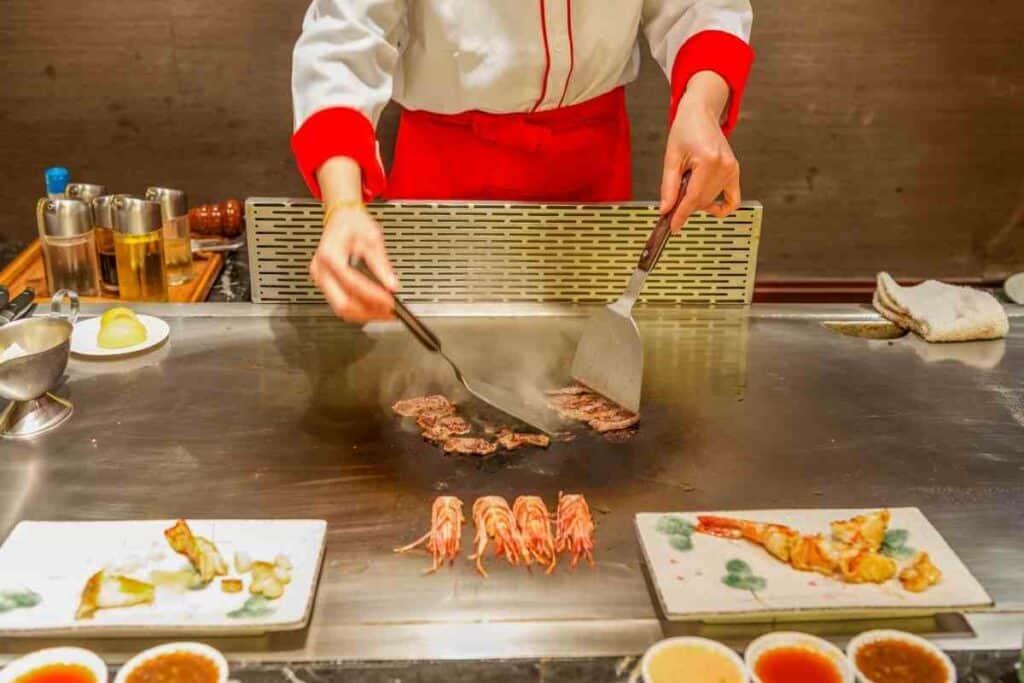
- Diverse Cooking: You can cook just about anything on a teppanyaki grill. This includes cooking in pots or pans. Simply fill them with whatever you want to cook and place them on a heated teppanyaki grill.
- Uniform Cooking: The grill heats evenly which means it will also cook evenly. If you’re cooking foods that cook quickly like pancakes or grilled cheese, you won’t have some start burning before others are ready.
- Entertaining: The surface of a teppanyaki grill is quite large and can cook enough food when you’re entertaining guests, but watching people cook on a teppanyaki grill is also entertaining. Especially when they light food on fire and juggle chicken in the air.
How to Light a Hibachi Grill
Hibachi grills can take a while to light, but by following these methods you should be ready to cook in about twenty minutes.
What Charcoal to Use
First, let’s start with what charcoal you should use.
Binchotan charcoal should be your first choice in charcoal. It is also known as white charcoal, or bincho-zumi, and has been used for more than 300 years in hibachi grills.
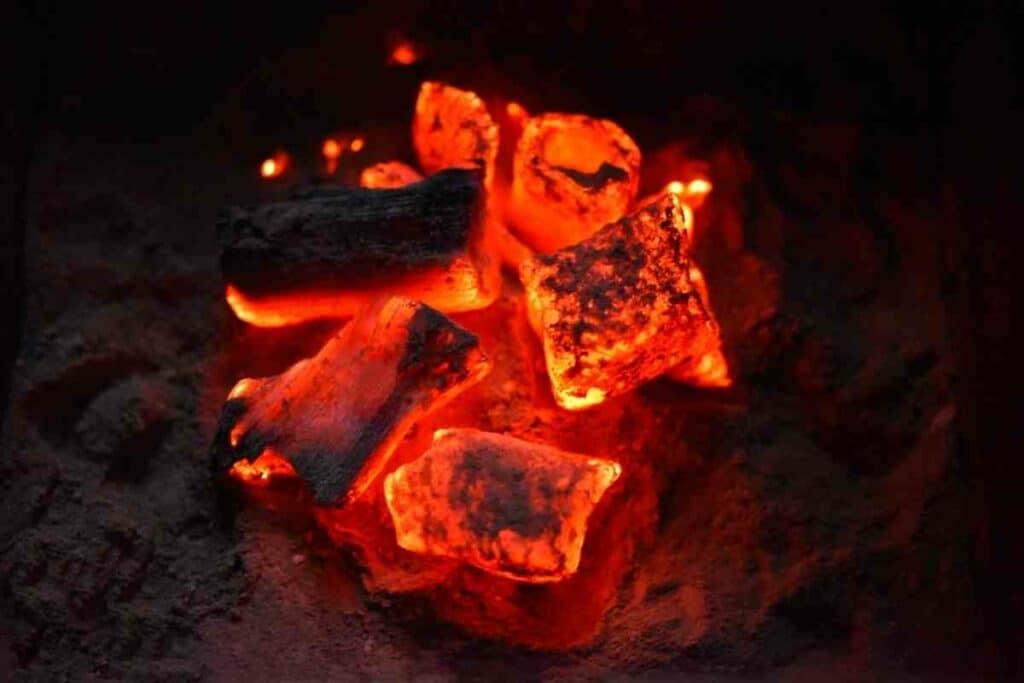
This charcoal comes from oak which will give your food a light smokey flavor. This charcoal doesn’t have any additives, which makes it safe for cooking.
This charcoal doesn’t ignite quickly, but once you get it going, it will stay lit for about 5 hours and can be reused several times.
Method 1 to Light a Hibachi Grill
This method uses a charcoal chimney to light the charcoal for cooking.
If you don’t have a charcoal chimney, or you don’t wish to buy one, scroll down to option 2.
- Put your desired amount of charcoal into the fire chimney. For a smaller cook, you’ll need enough pieces to have a single layer across the bottom of your hibachi grill.
- Light a fire starter under the chimney.
- When the charcoal starts to look red, turn them a little.
- When the charcoal is “white-hot” they are ready to use. The charcoal is ready when each piece of charcoal is mostly white with a faint red glow.
- Use tongs to take each piece of charcoal out of the chimney and place it in the bottom of the hibachi grill. With other barbeques, you can dump the charcoal out, but because the hibachi grill is so shallow you will want precision so you don’t burn yourself.
- Leave the charcoal in your grill for 10 minutes so the entire grill and the cooking grate have time to heat up before putting your food down.
Method 2 to Light a Hibachi Grill
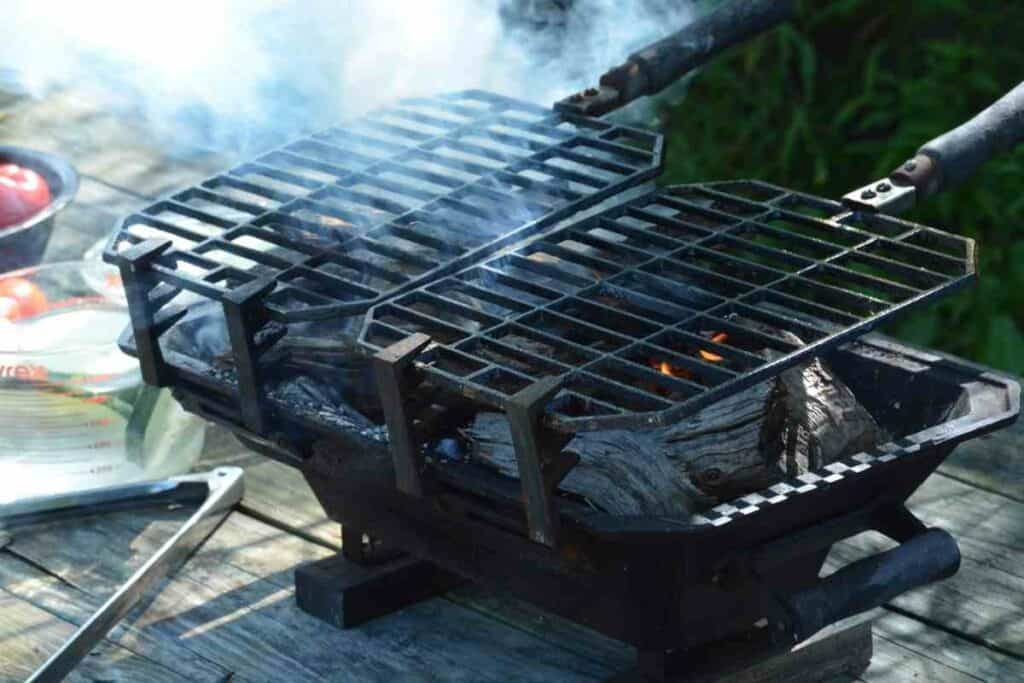
Use a pot and a stove to heat the charcoal:
- Place half the amount of binchotan charcoal you will need into a pot. Make sure the pot is large enough to contain all the charcoal, and that no charcoal will fall off the top.
- Heat the charcoal until it is a bright red color. Add the red-hot charcoal into the bottom of your hibachi grill, and add additional charcoal to fill the extra space in your first layer.
- Leave your hibachi grill for 10-15 minutes until all of the charcoal is lit and is white-hot.
Method 3 to Light a Hibachi Grill
You can also light binchotan directly in the hibachi grill with a torch.
- Place a single layer of charcoal in the bottom of your hibachi grill.
- Use the torch, either propane or butane, heat each piece of charcoal until you see a red glow. If you realize you didn’t heat enough charcoal, add more to your hibachi grill now before the next step.
- Let the binchotan sit until all the pieces are lit and they are ready to use.
When You Are Done Grilling
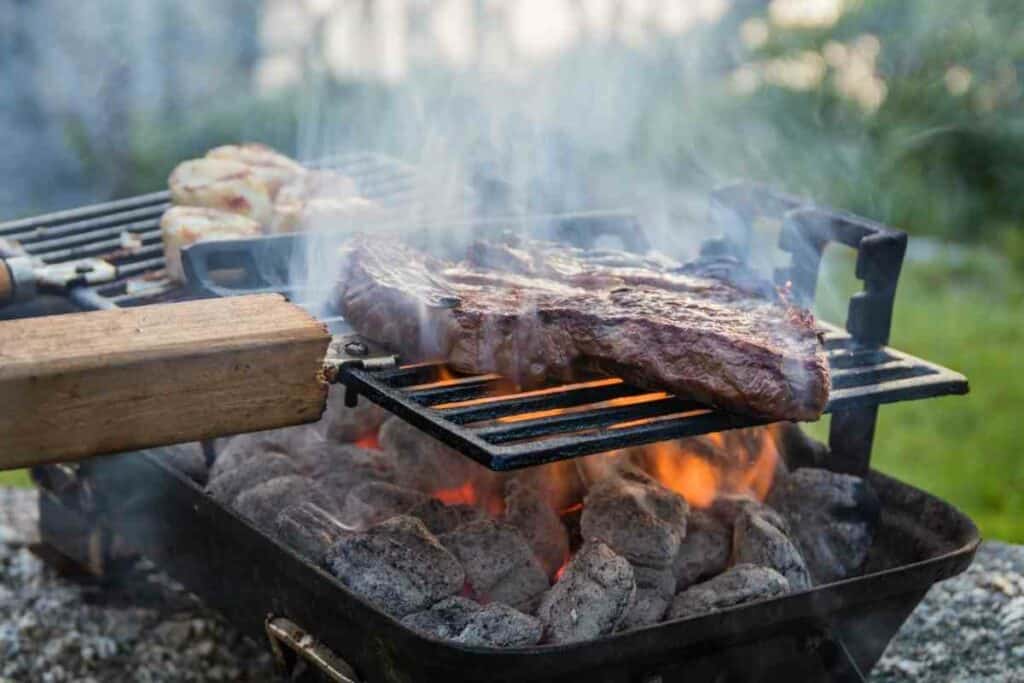
When you’re done cooking, use a pair of long tongs to pick up the coals and dunk them in water.
This will create a lot of steam, so don’t stand too close, and don’t put your face over the water.
This cools the charcoal quickly so you can continue to use it again.
Before you pack it up, set the charcoal out on a tray to completely dry so the moisture doesn’t ruin the charcoal.
Final Thoughts
Hibachi grills are an easy-to-use, lightweight method of cooking.
But don’t be fooled, the restaurants that use a giant griddle and cook food in front of your table is not a hibachi grill, those are teppanyaki grills.
There are several methods of lighting a hibachi grill so you too, can cook amazing grilled meals at home or on the go.
In Case You Missed It
- Best Japanese Knives Top Picks for Every Kitchen
- Japan’s Bold New Trend: Dressing Like a British Gentleman (or at Least Trying)
- 7 Best Japanese Sunscreen Products You Can Buy Online
- 5 Best Japanese Makeup Brushes for a Flawless Finish
- 7 Benefits Of Tatami Mats You Should Know
- The Best Furoshiki Wrapping Cloths: Inspiration, Ideas & Cloths You Can Buy


